Commencing October of 2020, some GST-registered businesses were mandated to generate an electronic document that would verify all their business-to-business transactions. This was the electronic invoice, more commonly called the E-Invoice. In this article, we will learn more about this e-invoice and how to make an e-invoice.
What is an E-Invoice?
An E-Invoice, or an electronic invoice, is an electronic document that is generated for business-to-business transactions. These invoices along with a few other documents are then authenticated electronically by the Goods and Service Tax Network, for more uses on the GST portal. This process helps streamline the tax filing process and maintains transparency and compliance.
Built in a standardized format, it entails the invoice registration number (IRN), and a QR code, that can be scanned to get the invoice details quickly.
Who Needs an E-Invoice?
- Businesses above a certain threshold are mandated to generate an e-invoice. The turnover criteria was initially set at Rs. 500 crores, but as of 1st August 2023, it has been progressively lowered down to Rs. 5 Crores, which needs to generate an e-invoice, from the e-invoice GST portal. Their turnover limit must have an annual assessment to comply with the tax regimes.
- Taxable business-to-business sales of goods and services and business-to-business transactions are mandated to generate an e-invoice. If the supplier’s aggregate turnover exceeds the specified limit threshold, they should generate their e-invoice.
- Businesses can also opt for voluntary adoption of the generation of an e-invoice. This means that even if the businesses’ annual aggregate turnover is below the specified threshold, they can opt to generate invoices voluntarily. They might not be mandated to do so, but this will benefit the business in the long run, helping it streamline its processes and prepare for future compliances, in case its turnover increases.
Characteristics of an E-Invoice
- The e-invoice template needs to be generated in the JSON format, following the GST INV- 1 schema. It is generated in the PEPPOL language, which is a universal business language and is adapted to the Indian market.
- The e-invoice sample has an Invoice Registration Number or an IRN which is a 64-digit code. It should not be confused with the invoice number. The GST portal validates your e-invoice by assigning the said 64-digit IRN. Only when your e-invoice contains the IRN, will it be considered a valid e-invoice.
- Another important part of an e-invoice format is its QR Code, which can be scanned, to get the details immediately. This QR Code entails the following:-
- The GSTIN-ID of the supplier.
- The GSTIN-ID of the recipient.
- The invoice number.
- Date when the invoice was created.
- The number of product lines.
- HSN code of the product that carries the highest value.
- The IRN code.
Benefits of Generating an E-Invoice
- Generating the e-invoice makes a standard format for invoices. This ensures consistency, and uniformity, making it easier for businesses to manage their taxes.
- These invoices are authenticated and reported in real-time, which reduces the scope for any fraudulent activities related to tax filing and invoice generation.
- Automated data entry will eradicate manual entries, which will further minimise any errors subjected to manual data entry and improve data accuracy.
- The businessmen can access their validated invoices in real time, enabling quicker verification and processing of payments.
- By automating the invoice uploading process, you can streamline the filing of GST, making the tedious process fast and efficient.
5 Easy Steps to Generate an E-Invoice
Generation of an e-invoice may not be a layman’s task. We are here to help you generate a worry-free and error-free e-invoice, from the e-invoice portal. Here’s how to make an e-invoice in 5 easy steps.
Step 1: The businessman will continue to generate invoices with the help of the ERP software of his choice. The software will generate a JSON for each business-to-business (B2B) invoice.
Step 2: The invoice registration portal (IRP) will generate a unique invoice reference number, using the standard generation algorithm. Post which, you need to upload the JSON of each invoice along with the IRN on the e-invoice portal.
Step 3: The portal will authenticate your files, and after that add a signature, an invoice reference number, and a QR to your JSON.
Step 4: This Invoice reference number will now be your new IRN UID for the invoice of that financial year.
Step 5: After the successful generation of the e-invoice from the e-invoice GST portal, the e-invoice portal will send your JSON along with the IRN and QR back to the seller and the buyer on their registered email addresses.
Conclusion
E-invoicing under the GST system in India represents a significant step towards modernising the tax framework. By formulating a normalized electronic configuration for B2B invoices, it upgrades transparency diminishes mistakes, and guarantees consistency with tax guidelines. The framework’s computerization capacities work with continuous detailing, limit manual interference, and work on the precision of GST filings. Marg ERP software will help you in managing all your invoices at one place so that it becomes easy for you to generate an e-invoice whenever necessary.
Related Posts
What Is the Time Limit for Submitting E Invoice Generation?
Unique Invoice Reference Number: Why It Matters and How to Create One
How Retail POS Software Can Transform Your Business?
How to Generate E-Way Bills on the GST Portal?
Frequently Asked Question
What is the e-invoice generation time limit?
Until the 30th of April, 2023, there was no e-invoice generation time limit. Starting from the 1st of May 2023, business owners with an Annual Aggregate Turnover (AATO) more than or equal to Rs. 100 crores, must generate an e-invoice, from the e-invoice portal, within 7 days of the invoice date, failing to do so until the given time limit, will make their e-invoices non-compliant.
Is it possible for a business to voluntarily adopt e-invoicing if its annual aggregate turnover is less than the specified amount?
Yes, even businesses with a turnover below the mandatory amount can voluntarily adopt e-invoicing. This helps streamline their invoicing processes, and prepares the business for future compliances, in case its annual turnover reaches the limit mentioned by the government.
How does e-invoicing incorporate with the E-Way Bill framework?
The information from the approved e-invoice template is shared with the E-Way Bill portal, facilitating e-way bill generation for the transportation of products. This incorporation guarantees that the details of the e-invoice template and the e-way bill match, lessening inconsistencies and working with smoother strategies activities.
What details are included in the QR code generated with an e-invoice?
The QR code generated with an e-invoice format contains key details of the invoice, such as GSTIN of the supplier and recipient Invoice number and date Invoice value HSN code of the main item IRN (Invoice Reference Number) Digital signature of the IRP (Invoice Registration Portal)
What is an IRN?
An IRN is an Invoice registration number, entailed in the e-invoice format, that is assigned by the Invoice Registration Portal or the IRP, on the combination of multiple invoices. It is a 64-digit code that validates the authenticity of your e-invoice. Without an IRN assigned to your invoices, it will be considered as non-compliant.

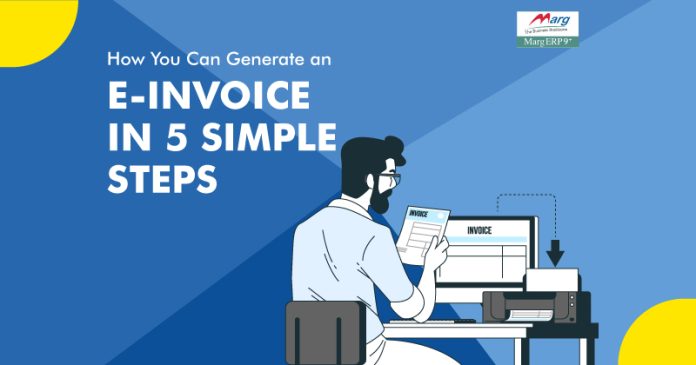










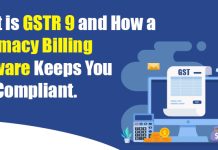

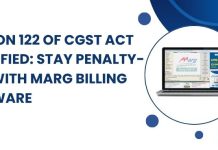

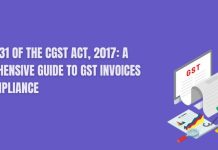
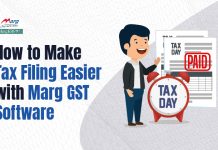
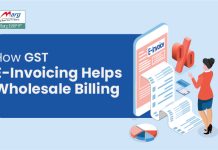


Thanks for sharing this! I found your information really helpful. Your explanations were easy to follow, and I appreciated how you explain generating an e invoice, it was very informative and useful. Keep the posts coming! Very good talent.